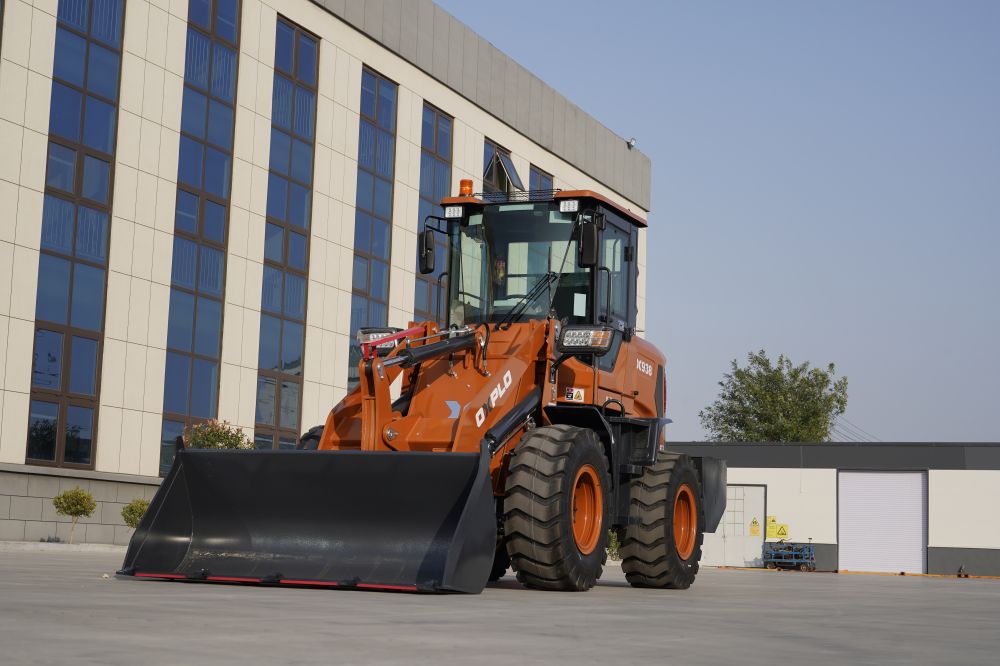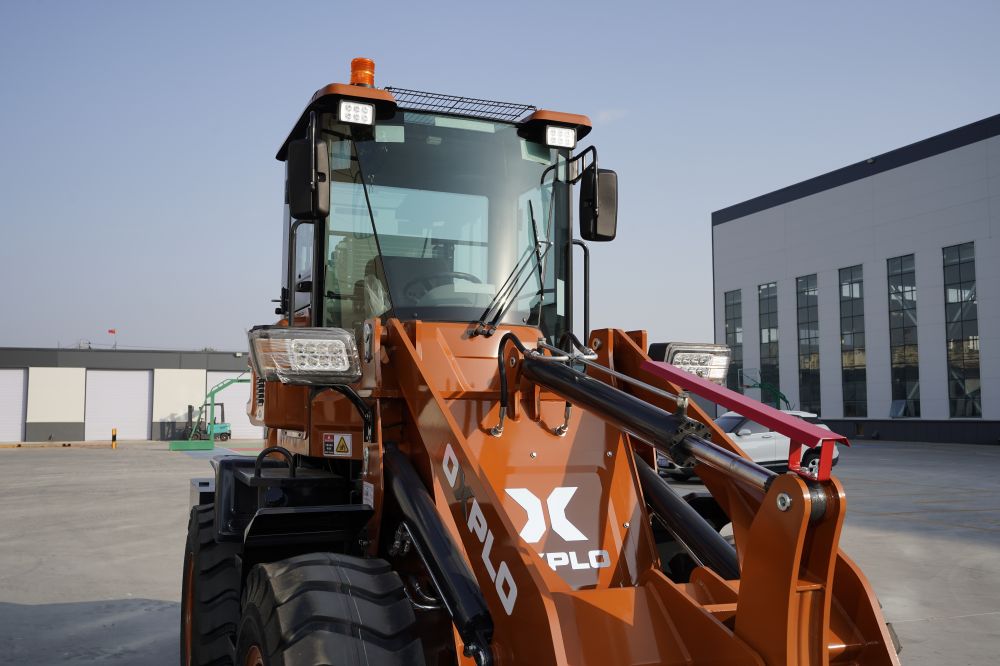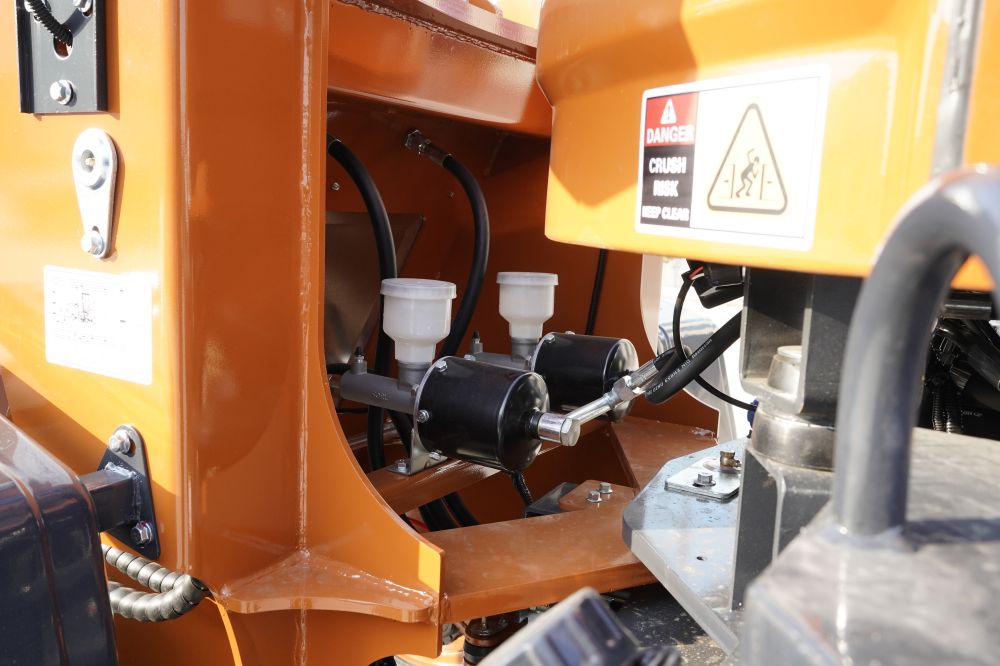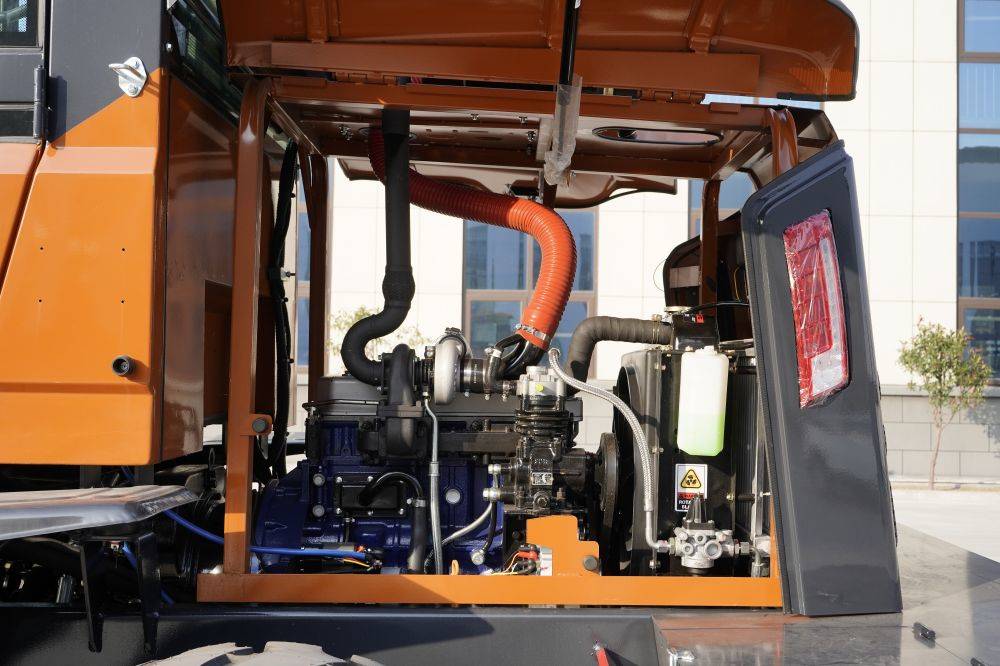Knowledge of loader hydraulic cylinder maintenance
2024-03-25
When we buy the loader and have a certain understanding of the loader, we will know that the hydraulic cylinder is one of the important parts of the loader, responsible for providing power and controlling the loader lifting, tilt and other functions, if the hydraulic cylinder leakage, the pressure of the hydraulic system will not be able to maintain, resulting in the hydraulic cylinder working effect decline or even loss, affecting the normal operation and work efficiency of the loader. The OXPLO brand reminds you that external leakage means the leakage of hydraulic oil from the seal of the hydraulic cylinder. This not only causes the loss of hydraulic oil in the hydraulic system, but also may lead to insufficient oil in the hydraulic system, affect the normal work of other hydraulic components, and even cause the failure of the entire hydraulic system. Hydraulic oil is a chemical substance, and the leakage of hydraulic oil may pollute the surrounding environment, including soil, water and air. This has a negative impact on the surrounding ecological environment, disrupts the ecological balance, and may violate environmental protection regulations. The external leakage of hydraulic cylinder needs to be repaired and repaired in time. The repair process may involve replacing seals, repairing hydraulic cylinders, or adjusting hydraulic systems, which can increase repair costs and downtime, placing additional economic pressure and production losses on the business.

The leakage of the hydraulic cylinder may lead to the unstable operation of the hydraulic system and reduce the stability and controllability of the loader. This can increase safety risks for operators and those around them, potentially leading to accidents and injuries. That in daily use, what are the reasons that can lead to leakage outside the hydraulic cylinder?

1. Wear or damage of seals: The seals inside the hydraulic cylinder, such as piston seals, rod seals and end caps, may be worn, aged or damaged due to long-term use or by external factors. When the seal fails, the hydraulic oil will leak out of the seal.
2. Rod surface damage: If there are scratches, corrosion or wear on the surface of the hydraulic cylinder, it will destroy the sealing effect of the seal, resulting in the leakage of hydraulic oil from the gap between the rod and the seal.
3. Improper installation or assembly: If the hydraulic cylinder is not properly installed during installation or assembly, or the seal is not properly lubricated and adjusted, it may also lead to external leakage of the hydraulic cylinder.
4. Too high working pressure: If the working pressure of the hydraulic system exceeds the design range that the hydraulic cylinder can withstand, it will increase the load of the seal, resulting in leakage problems.
5. Hydraulic oil contamination: When the hydraulic oil is full of impurities, particles or pollutants, they may damage the surface of the seal, resulting in leakage.
6. Hydraulic cylinder parts loose: hydraulic cylinder bolts, joints or other connecting parts if loose or not properly tightened, may also lead to hydraulic cylinder leakage.
7. Temperature change: When the working environment temperature of the hydraulic cylinder changes greatly, the expansion coefficient of the hydraulic oil and the seal may be inconsistent, resulting in seal failure and leakage.

Then how should we prevent the loader's hydraulic cylinder leakage problem? First of all, the hydraulic cylinder should be inspected and maintained regularly, including checking the wear degree of seals and the damage of the rod surface. If problems are found, replace worn or damaged seals in time to ensure their wear and corrosion resistance. Use original factory recommended seals or certified brand products to ensure their quality and reliability. Ensure that the working pressure of the hydraulic system is always within the design range of the equipment, and avoid excessive working pressure. High pressure may cause excessive load on the seals, leading to leakage problems. Also regularly replace the hydraulic oil in the hydraulic system, and ensure that the use of standardized high quality hydraulic oil. Avoiding oil contamination and water entering the hydraulic system can be achieved by installing filters and keeping the oil clean. During the installation and assembly of the hydraulic cylinder, ensure that the seals are installed correctly and that the correct lubrication and adjustment steps are followed. Ensure that bolts and connecting parts are properly tightened to prevent loosening and leakage. Pay attention to the temperature changes in the working environment of the hydraulic cylinder to avoid excessive temperature changes that have adverse effects on the seals and hydraulic systems. If the working environment temperature changes greatly, you can consider the use of sealing materials that adapt to temperature changes. After completing the repair, the hydraulic cylinder is tested and verified to ensure that the leakage problem has been resolved and the hydraulic cylinder is working properly. Perform appropriate operational and functional tests to ensure the proper operation of the hydraulic system.

When we find that the hydraulic cylinder of the loader is leaking outside, the following are some steps and measures that can be taken.
1. Stop using the hydraulic function: If the hydraulic cylinder leaks outside, stop using the hydraulic function immediately and avoid continuing to operate the loader to prevent the leakage from aggravating or causing other failures.
2. Safe operation and maintenance: Ensure the safety of operators and follow the safety operation specifications. Park the loader in a safe location and take appropriate measures, such as setting up warning signs or isolated areas, to alert other personnel.
3. Check the leakage position: determine the leakage position of the hydraulic cylinder. Inspect hydraulic cylinder seals, rod surfaces, and connections for visible wear, damage, or loosening.
4. Do not directly contact the leaking hydraulic oil with your hands: the hydraulic oil may be high pressure and may be hot. Do not directly contact or touch the leaking hydraulic oil with your hands to avoid injury.
5. Repair or replace seals: If the seals are found to be damaged, aged or damaged, it is necessary to repair or replace the seals in time. According to the type and specifications of the hydraulic cylinder, purchase suitable seals and replace them according to the manufacturer's instructions.
6. Check other hydraulic system components: Once a hydraulic cylinder leak is found, it is recommended to check other hydraulic system components to ensure that there are no other potential leakage points or problems.





